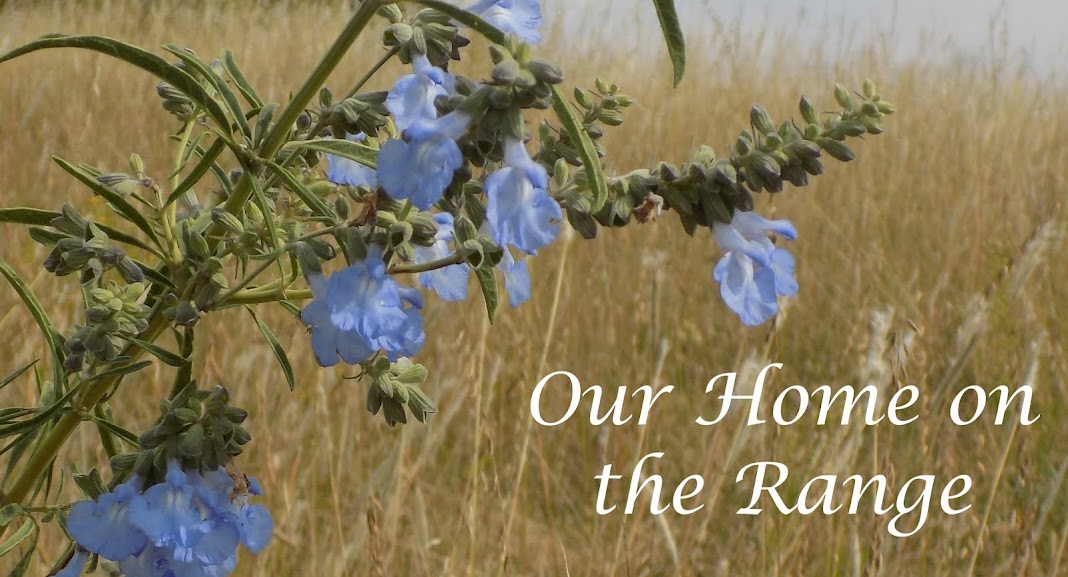

by Lloyd Alexander
I started this series on the recommendation of a friend before handing them over to First Son, who was 12. He finished the series before I did and wouldn't let me stop insisting the fifth book was the best.
The books follow the adventures of Taran, an assistant pig keeper, in a land of magic and mystery based loosely on Welsh myths. He's a child at the beginning of the first book,
The Book of Three, and eager to be off in the world fighting battles. Over the course of the novels, he matures, learning to treasure skills and relationships.
Throughout the books are sprinkled bits of wisdom. For example, in the second book,
The Black Cauldron, Taran journeys with Adaon, who becomes a friend and mentor to young Taran.
"There is much to be known," said Adaon, "and above all much to be loved, be it the turn of the seasons or the shape of a river pebble. Indeed, the more we find to love, the more we add to the measure of our hearts."
And later:
Adaon smiled gravely. "Is there not glory enough in living the day given to us? You should know there is adventure in simply being among those we love and the things we love, and beauty, too.
In the fourth book,
Taran Wanderer, Taran goes in search of his family, being an orphan. The book is a series of encounters with figures representing different strengths and weaknesses as well as Taran's explorations of various occupations. He finds some at which he excels but does not enjoy and some he enjoys but at which he does not excel.
The potter shook his head. "Not so. Craftsmanship isn't like water in an earthen pot, to be taken out by the dipperful until it's empty. No, the more drawn out the more remains. The heart renews itself, Wanderer, and skill grows all the better for it."
When he finds a man who claims to be his father, he suffers his own unhappiness in order to remain on the land to work it. I think that's the most interesting part of the book. He struggles with his own desire to abandon the man and learns too late what it might have taken for him to sacrifice himself lovingly for a "man of courage and good heart."
The final book,
The High King, brings Taran to the end of his youth. A greater crisis than ever before wracks the land. He and those loyal to Goodness and Truth must battle for the survival of mankind against the greatest odds. Along the way, Taran struggles to discern what is right, encountering false arguments from those who choose otherwise.
Math raised his head. "Is there worse evil?" he said in a low voice, his eyes never leaving Pryderi's. "Is there worse evil than that which goes in the mask of good?"
These books provide examples of courage, redemption, forgiveness, and sacrifice. I always appreciate books in which characters grow in maturity and wisdom, showing one path of such growth for our children. These do that wonderfully.
Taran nodded. "So be it," he said. "Long ago I yearned to be a hero without knowing, in truth, what a hero was. Now, perhaps, I understand it a little better. A grower of turnips or a shaper of clay, a Commot farmer or a king--every man is a hero if he strives more for others than for himself alone. Once," he added, "you told me that the seeking counts more than the finding. So, too, must the striving count more than the gain."
My friend who recommended the books wanted her son to recognize the similarities between this series and
The Lord of the Rings, of which there are many. The last book draws on the end of that trilogy almost explicitly. I think they could be a good preparation, an introduction to the great battle between good and evil, without quite the same level of darkness and despair as
The Lord of the Rings. They're also quite a bit easier to read. My son flew through these books though he floundered a few chapters into
The Fellowship of the Ring. I am comfortable with my ten year old daughter reading them as well.
"Evil conquered?" said Gwydion. "You have learned much, but learn this last and hardest of lessons. You have conquered only the enchantments of evil. That was the easiest of your tasks, only a beginning, not an ending. Do you believe evil itself to be so quickly overcome? Not so long as men still hate and slay each other, when green and anger goad them. Against these even a flaming sword cannot prevail, but only that portion of good in all men's hearts whose flame can never be quenched."









